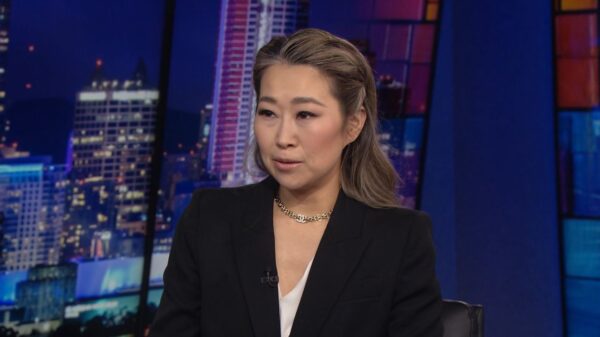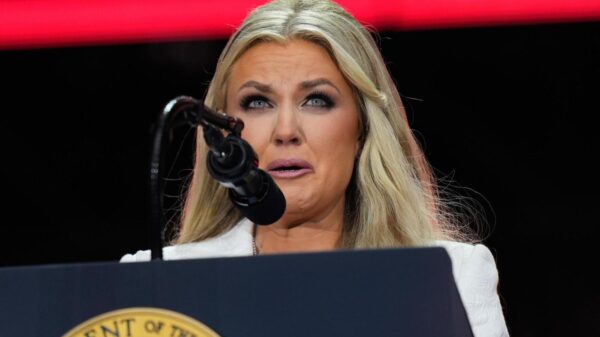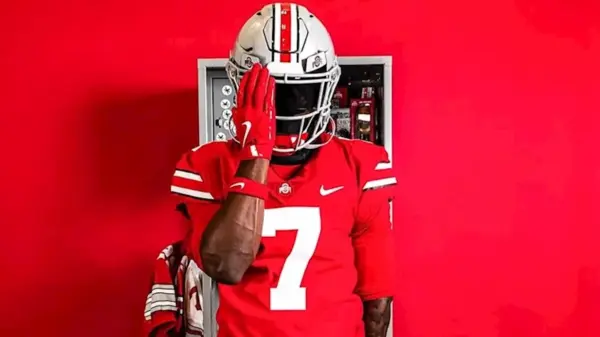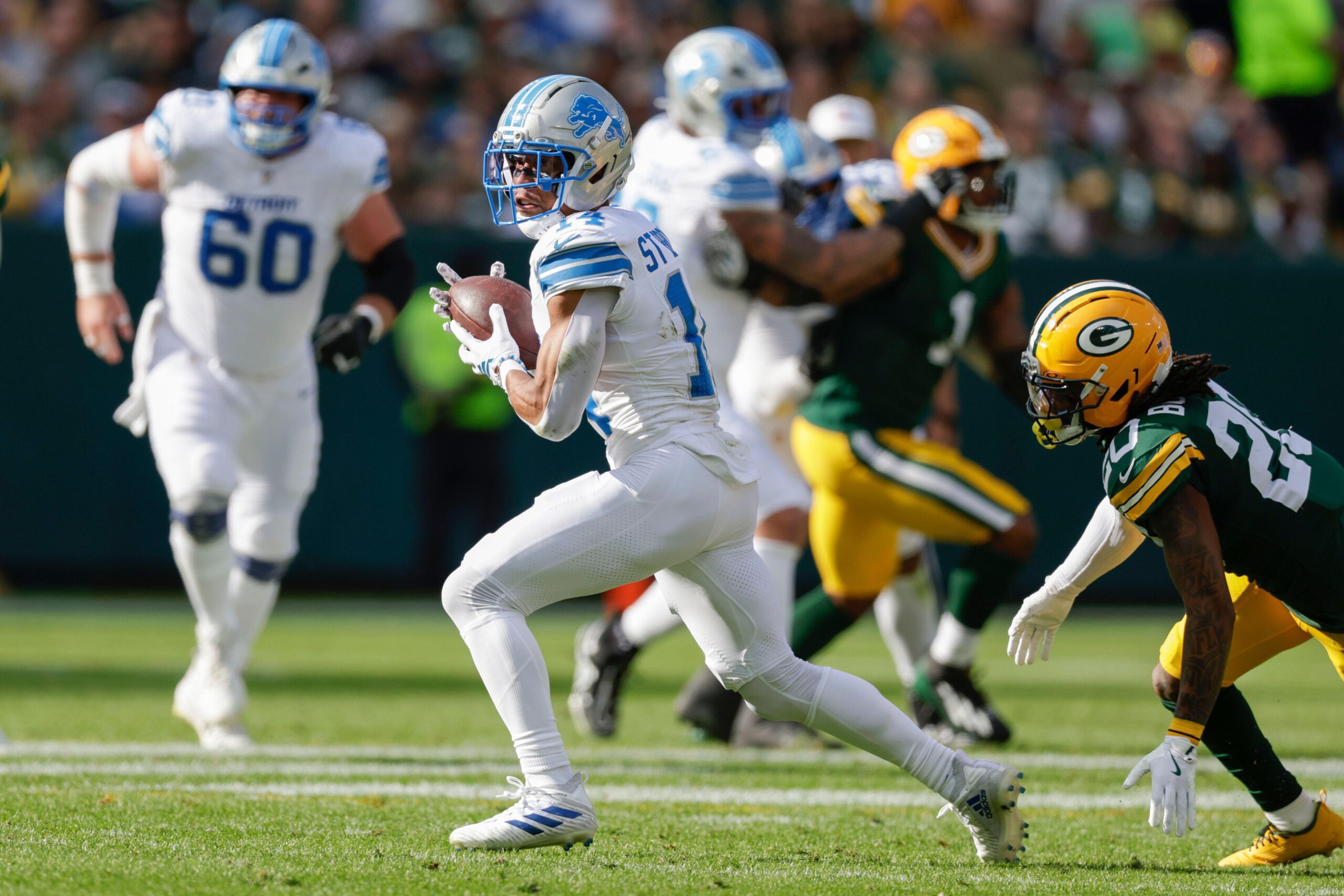As the NFL gears up for Week 2 of the 2025 season, fantasy football enthusiasts are closely monitoring players who are likely to see an increase in targets. Using advanced analytics and machine learning models developed by Pro Football Focus (PFF), certain wide receivers are emerging as potential breakout candidates based on their past performances and the dynamics of their respective offenses.
The foundation of this analysis rests on a model that forecasts where targets should ideally go during plays, leveraging a wealth of PFF’s route-level data. This model, utilizing metrics such as Share of Predicted Targets and Share of Predicted Air Yards, offers a more stable outlook than traditional statistics, making it a valuable tool for fantasy managers.
Understanding Target Dynamics
Each route run by a receiver carries a probability of being targeted. Nevertheless, quarterbacks may miss opportunities by not recognizing open receivers or misreading defensive coverages. These missed chances are often highlighted when film is reviewed, leading to adjustments that can increase targets for previously overlooked players in subsequent games.
For instance, in the season opener, quarterback Jalen Hurts fixated on DeVonta Smith, who exhibited a 45% probability of being targeted due to his separation from defenders. In contrast, A.J. Brown struggled to create separation on his deep route, resulting in a mere 2% target probability. Such dynamics underscore the importance of recognizing which receivers may be poised for increased opportunities based on their performances in the previous week.
Model Enhancements and Insights
This season has seen significant improvements in the predictive model. One key addition is the assessment of single-coverage situations, where a receiver faces just one defender. This factor tends to favor wide receivers, who often see increased efficiency in targets compared to halfbacks and tight ends. By integrating this element into the model, it better accounts for the specific dynamics at play in target distribution.
Additionally, a three-week moving average of Weighted Opportunity Rating (WOPR) has been included. This metric gauges a receiver’s prominence in their offense and highlights the rapport between quarterbacks and receivers. This enhancement allows for a more nuanced understanding of target potential.
During the 2025 season, one standout performer has been Zay Flowers, who currently leads the league in Share of Predicted Targets. If he continues on this trajectory, he could solidify his position as a top wide receiver by season’s end. Meanwhile, DeVonta Smith is a player to watch, having underperformed in Week 1 despite a high predicted target share. His potential to emerge as the Eagles’ primary receiver looms large if he maintains similar usage.
Another noteworthy player is Travis Hunter, whose low average depth of target of 2.53 yards raises questions about his role in the Jaguars’ offense. Despite this, his impressive ranking in predicted targets during his rookie debut marks him as a player to keep an eye on.
Week 2 Breakout Candidates
A focus of this analysis is identifying players who finished with a high Share of Predicted Targets while having a lower Actual Target Share. This classification aims to spotlight players likely to see an uptick in targets moving into Week 2.
The list includes star names like A.J. Brown, who garnered only one target in the previous game, raising concerns among fantasy managers. Despite this, the predictive model suggests that DeVonta Smith may have been even more underserved in terms of targets. With the Eagles’ passing game expected to rebound, Smith could play a pivotal role in their offensive resurgence.
Historical trends indicate that when star receivers appear on this breakout list, significant performances often follow. As the NFL landscape shifts, understanding these patterns can be crucial for fantasy success.
In reviewing Week 1, one pivotal play stands out: a decision by quarterback Patrick Mahomes who opted for a safer pass to Marquise Brown instead of targeting Tyquan Thornton, who had clear separation. Such decisions can impact game outcomes and highlight the importance of recognizing missed opportunities.
As fantasy football managers prepare for the next round of matchups, keeping an eye on these emerging players can provide a competitive edge in the ever-evolving landscape of the NFL.





































































